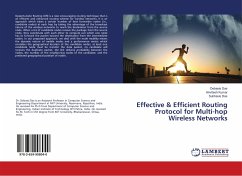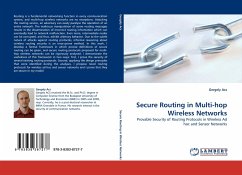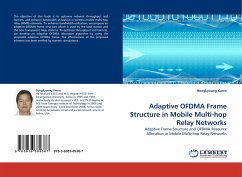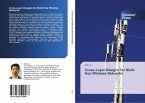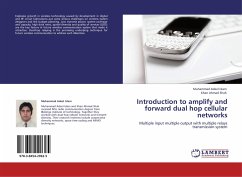Multi hop wireless infrastructures can be used as an extension to fixed infrastructures, where wireless nodes form a large network that provides access to the fixed network infrastructure, such as the internet, via multiple wireless hops. Wireless LANs and routing techniques, used in ad hoc networks, can be used in such a network. In this work, we use the IEEE 802.11 standard, extended with power control to optimize the performance of such a network. This work focuses on the Medium Access Control (MAC) mechanism, through Carrier Sense Multiple Accesses with Collision Avoidance (CSMA/CA). By limiting the transmission power to the level just sufficient for correct reception at the receiver, the network is able to have multiple transmissions performed simultaneously, and reduces the interference between transmitting nodes. We propose a routing algorithm that uses paths as efficient as possible in terms of power, interference level and number of hops. Validation of some of the proposed mechanisms has been done with the OPNET modeler simulator, using different models for path loss, traffic distributions, and topologies. The results show higher performance when using power control.
Bitte wählen Sie Ihr Anliegen aus.
Rechnungen
Retourenschein anfordern
Bestellstatus
Storno



